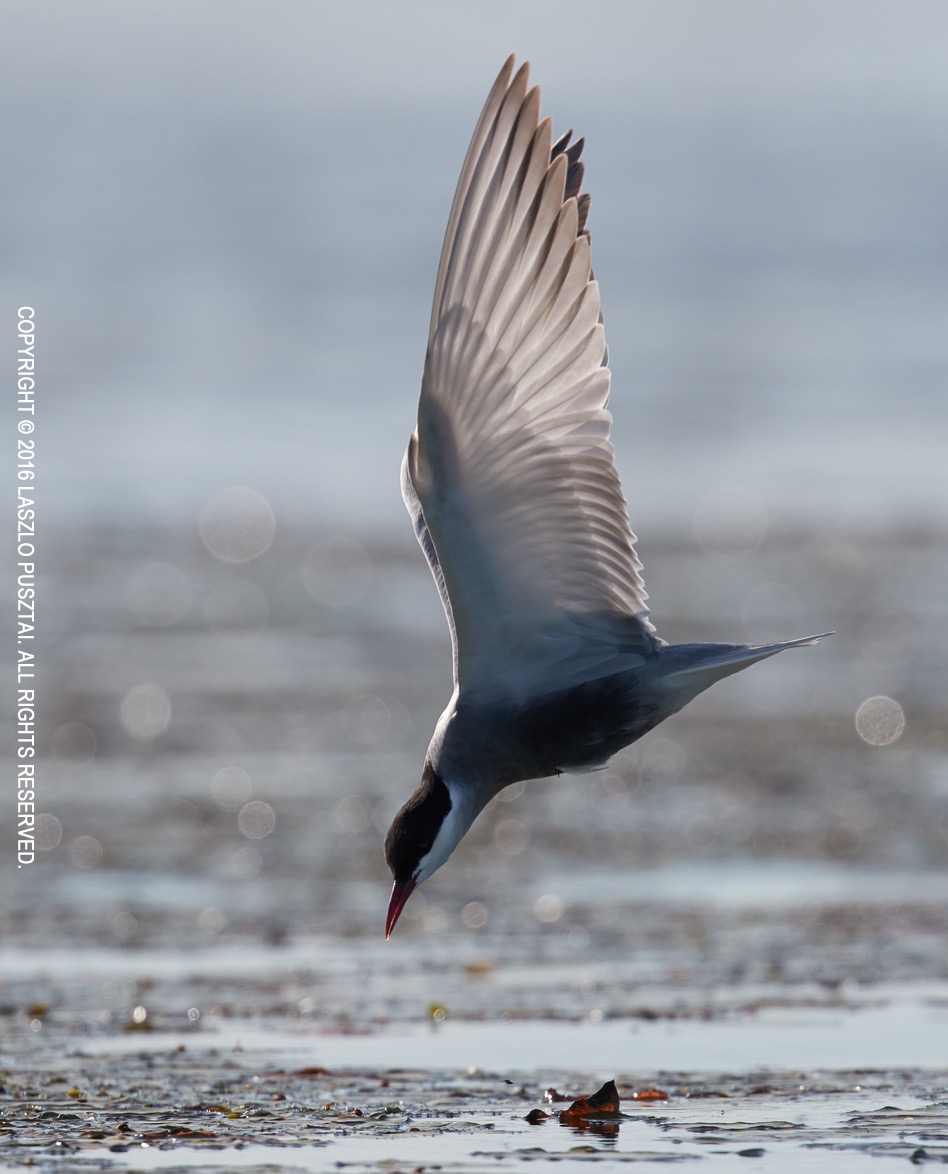This was an important question for me. But let me rephrase it more precisely: given the Canon EF 500mm f/4L IS II USM lens and 1.4x III and 2x III teleconverters, which camera produces more real pixels per object? Empty magnification does not count. The 7D Mark II with the 500 and the 1.4x, or the 1D X Mark II with the 500 and the 2x? (The 7D Mark II + 500 + 2x combination was ruled out since its image quality is not up to my standards.)
You may think that the 7D configuration with its 1120mm effective focal length will beat the 1D configuration with only 1000mm effective focal length. Well, you shouldn’t make a decision based on specifications only! Thus I did a little test, a result of which you can see below.
Air was a bit turbulent, and it impacts telephoto imagery with high resolution sensors, so I made a series of shots with each combination in Kuuvik Capture, and selected the sharpest from each batch for this comparison. Also converted the images to black and white because it’s easier to see the sharpness difference this way. 5DS R shots were the same resolution-wise that the 7D II shots, so only included the ones from the 7D Mark II.
The bottom line is that the 1D X Mark II with the 500mm f/4L II and 2x III produces more usable pixels than the 7D Mark II with the 500 and the 1.4x TC. The 500 with the teleconverter is simply unable to feed the resolution-hungry 7D II (as well as the 5DS R) sensor. This is in line with my experience in real-world images.

Tern with Angel Wings. 1D X Mark II with 500mm f/4L II + 2x III @ ISO 800.
I prefer the overall look from the 1D X II (not just the higher effective resolution, but better dynamic range, better colors, less plasticky, etc.) to the 7D II, so it pretty much seals the deal regarding which camera will stay in my bag. And with the ability to autofocus using all AF points with the 2x converter at f/8, the 1D X II + 500 II + 2x III is a killer combination. You may need to renew your gym membership though…
Looking for more info on the Canon EOS-1D X Mark II? You may find my review and the AF drive speed comparison useful.
☕ ☕ ☕
Did this post help you? Consider buying me a coffee if so.









